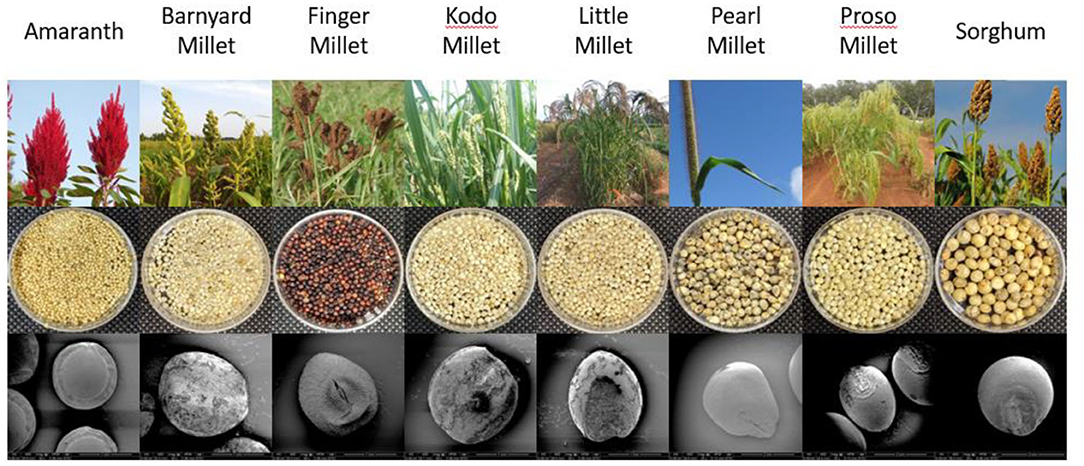
Is millet a sorghum?
, by saikat dutta, 2 min reading time

, by saikat dutta, 2 min reading time
Millet and sorghum are two ancient grains often grouped together due to their similar appearance and nutritional profiles. However, despite their shared characteristics, they are distinct grains with unique origins, properties, and culinary uses. This blog post delves into the world of millet and sorghum, exploring their similarities and differences to shed light on their individual identities.
Millet: Millets are a group of small-seeded cereal grains, originating from the grass family Poaceae. They have been cultivated for thousands of years, with evidence suggesting their domestication in Africa as early as 7000 BC. Millets are incredibly adaptable, thriving in various climates and soil conditions, making them a staple food source in many regions of the world.
Sorghum: Sorghum, also known as milo or durra, is a cereal grain belonging to the genus Sorghum. Its origins trace back to northeastern Africa, where it was domesticated around 5000 BC. Sorghum is a highly versatile crop, tolerant to drought and heat, making it a crucial food source in arid and semi-arid regions.
Both millet and sorghum are packed with essential nutrients, making them valuable additions to a healthy diet. They are good sources of protein, fiber, complex carbohydrates, and various vitamins and minerals.
Millet: Millets are particularly rich in protein, containing more than most other grains. They are also a good source of dietary fiber, iron, magnesium, and phosphorus.
Sorghum: Sorghum boasts a high protein content and is a good source of dietary fiber, iron, and B vitamins. It is also gluten-free, making it a suitable option for individuals with celiac disease or gluten intolerance.
Millet and sorghum offer a wide range of culinary possibilities, adding unique flavors and textures to various dishes.
Millet: Millets can be cooked whole or ground into flour. They can be used in porridge, flatbreads, salads, and even desserts. Their mild, nutty flavor complements both sweet and savory dishes.
Sorghum: Sorghum grains can be cooked whole or ground into flour. It is commonly used in flatbreads, porridge, and as a thickener in soups and stews. Sorghum flour is also a popular gluten-free alternative to wheat flour in baking.

While millet and sorghum share some similarities, they also exhibit distinct differences:
Botanical Classification: Millets belong to the genus Panicum, while sorghum belongs to the genus Sorghum.
Grain Size: Millet grains are generally smaller than sorghum grains.
Cooking Time: Millet cooks faster than sorghum, typically requiring 15-20 minutes compared to sorghum's 30-40 minutes.
Flavor: Millet has a mild, nutty flavor, while sorghum has a slightly sweet and earthy flavor.
Gluten Content: Millets are naturally gluten-free, while sorghum contains a small amount of gluten.


